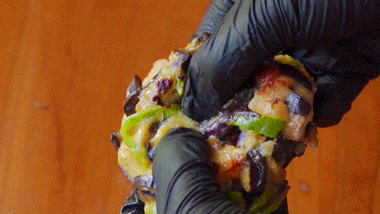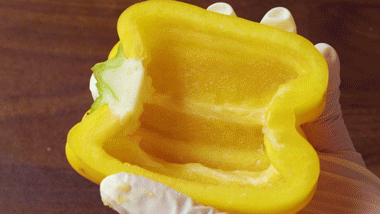Construction workers at Mount Cotton State School in Queensland, Australia, stumbled upon a rare and enormous insect—the giant wood moth (Endoxyla cinereus). This massive moth was so heavy that it couldn’t even fly!
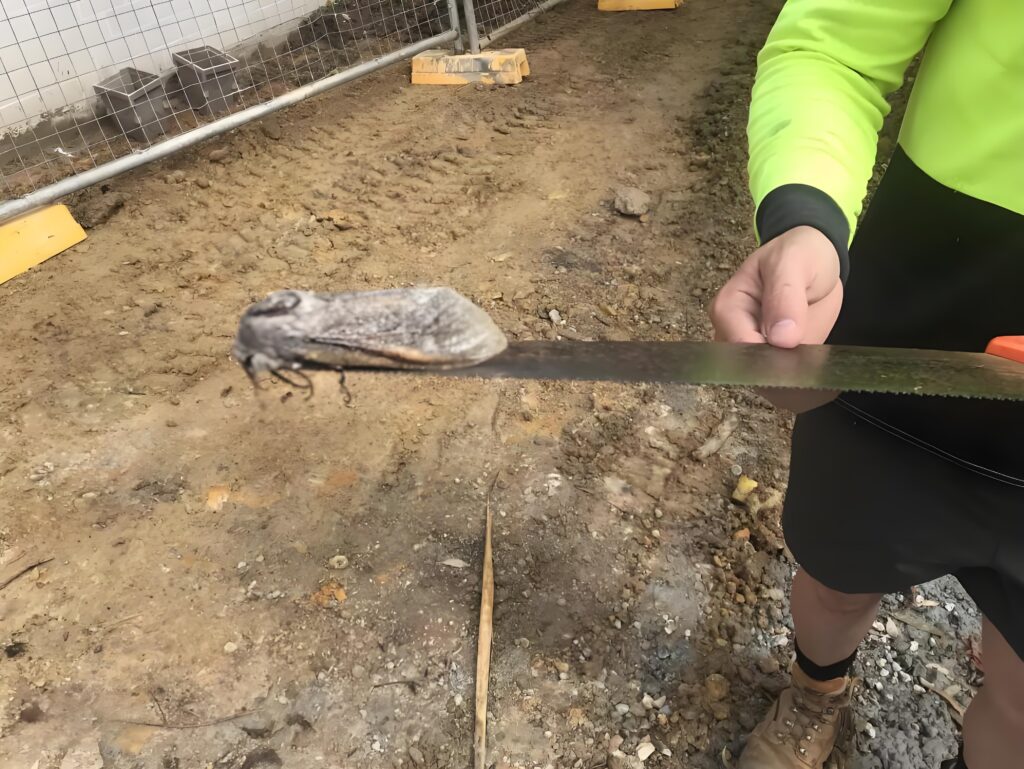
The school’s principal, Meagan Steward, called it an “amazing find” but admitted that the school is no stranger to wildlife visitors—kangaroos, koalas, snakes, and even turtles often drop by.
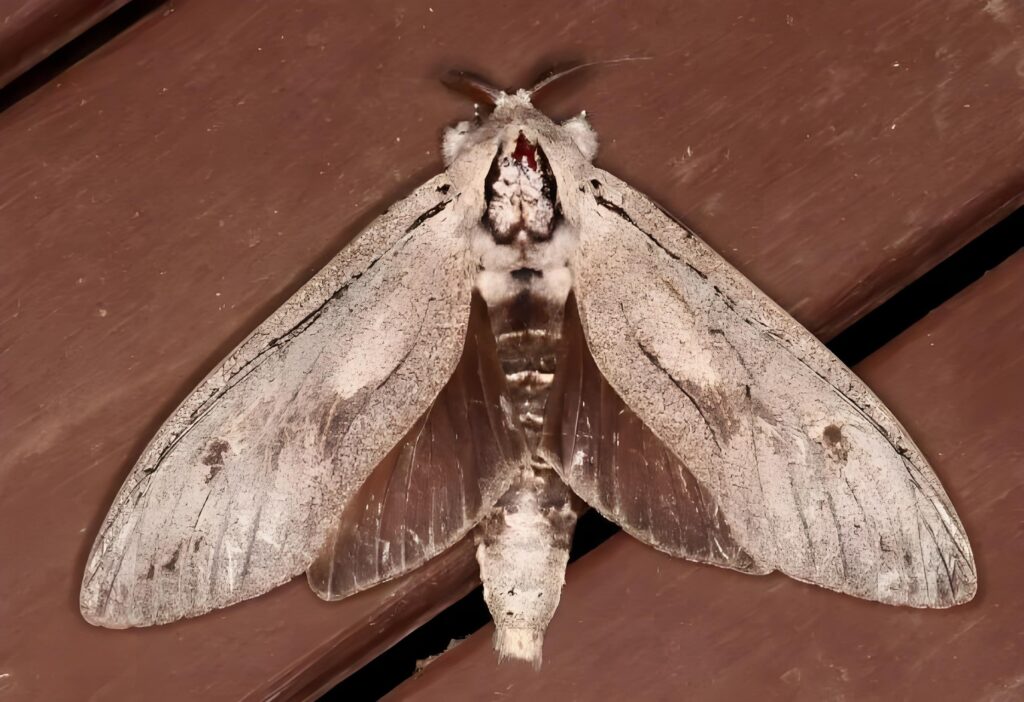
Why Is This Moth So Big?
The giant wood moth holds the title of world’s heaviest moth, with females weighing up to 30 grams (1 oz) and boasting a 25 cm (10-inch) wingspan. Found in Australia and New Zealand, these moths spend most of their lives as larvae, burrowing into eucalyptus trees for years before emerging as full-grown adults.
But here’s the catch: they don’t live long. After reaching their maximum size, they mate, lay up to 20,000 eggs, and then die shortly after.

From Creepy Crawly to Culinary Delicacy
Before becoming a giant moth, this creature starts as a fat, juicy larva—known in Australia as the witchetty grub.
- Raw, they taste like almonds.
- Cooked, they resemble scrambled eggs.

For Indigenous Australians, these grubs have been a protein-rich food source for centuries. They’re typically roasted over fire or eaten raw—if you’re brave enough!

A Moth That Inspired a School’s Wild Imagination
When the giant wood moth was found, the school was closed, so students missed seeing it in person. However, its legend lived on—kids created a fictional story about a “giant moth invasion”, even joking that their teacher, Mrs. Wilson, got eaten!
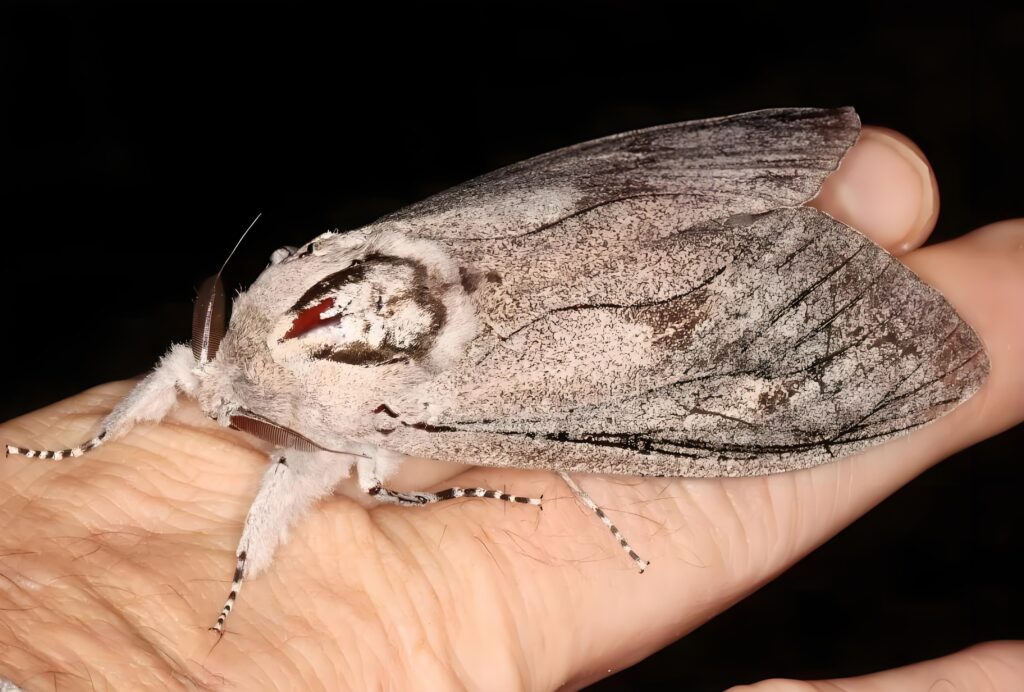
Final Thoughts: Nature’s Heavyweight Champion
The giant wood moth is a fascinating example of Australia’s unique wildlife—massive, short-lived, and surprisingly edible. Whether you’re amazed or grossed out, one thing’s for sure: nature always finds a way to surprise us!

Would you dare to try a witchetty grub? 🍴🐛






